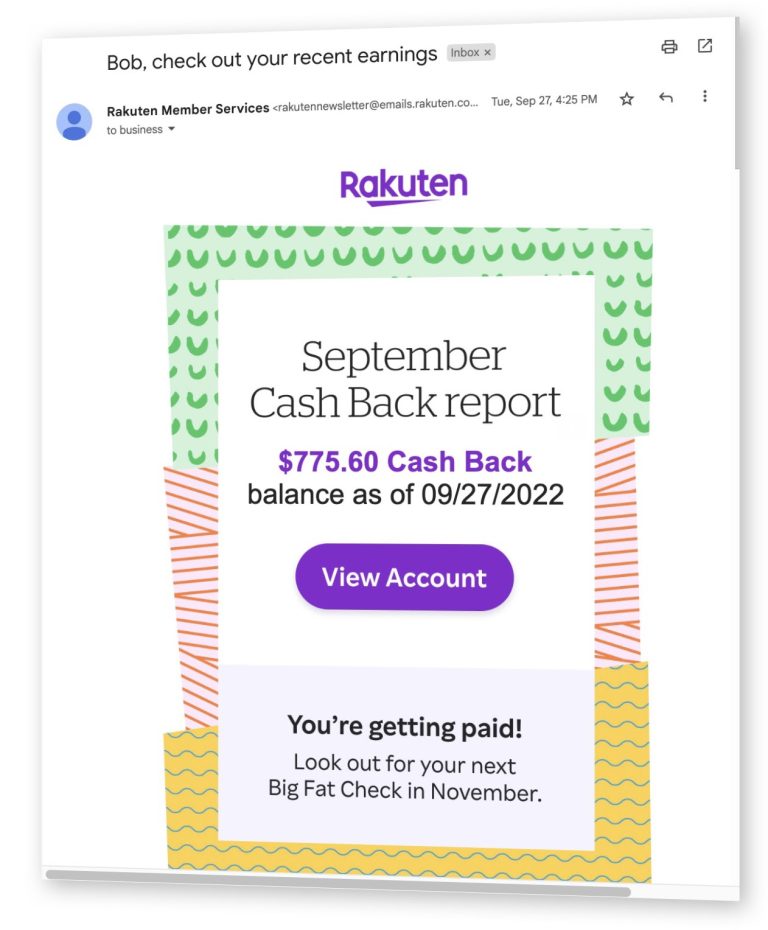A successful business depends on various factors, and timely payment from clients is crucial when invoicing your customers is one such factor. This directly impacts your cash flow, revenue, and overall business profitability.
A solid credit control process is essential to ensure this process stays on time while being smooth. Here is a guide to what credit control is, its benefits, and how to implement it to safeguard your business from financial risks and ensure its smooth operation.
What Is Credit Control?
Credit control refers to assessing the creditworthiness of your customers and suppliers to determine their likelihood of paying on time. It also encompasses strategies businesses implement to manage the time gap between providing goods or services and receiving payment.
“Credit” can apply to financial sums or any products or services delivered before payment is received. While often associated with banks and credit card providers, credit management is essential for businesses of all sizes that offer goods or services on credit. Companies can mitigate non-payment risk and ensure timely cash flow by implementing effective credit control measures.
You can use credit control for your company or hire professional credit control services like babr.co.uk to help you prevent these issues by effectively managing credit and reducing bad debt. A credit controller oversees and maintains a company’s credit control system.
Advantages of Credit Control
Here are four advantages of a credit control system that make it worth your time and effort.
1. Financial Stability
A robust credit control process is essential for safeguarding financial stability and fostering healthy business relationships. By establishing clear payment terms and expectations, you can avoid misunderstandings, invoicing errors, and dealing with unideal clients, ultimately saving you time and money.
2. Prevent Insolvency
Late payments can lead to insolvency, restricting your cash flow and hindering payment to suppliers and employees. Cash flow difficulties may result in an inability to pay wages or becoming a client’s business overdraft.
By setting clear payment terms and expectations, you can avoid being used as a client’s business overdraft. These steps will ensure you have the funds to invest in growth and reduce reliance on costly credit facilities.
3. Manage Cash Flow
A robust debt collection process is also crucial for managing cash flow effectively. Without a proper method, debt collection can be time-consuming and demotivate staff. A solid credit control process can reduce your business reliance on high-interest overdrafts and credit facilities. This will improve your cash flow management and avoid costly court proceedings.
4. Improve Customer Relationships
Inadequate credit control can also damage relationships with your customers and suppliers. By mismanaging cases, you may risk losing valuable customers and suppliers due to late payments and other financial issues.
How to Implement a Credit Control Process
Here are five effective strategies to enhance your credit control processes and safeguard your business’s cash flow.
1. Regularly Monitor Your Sales Ledger
Keep your sales ledger meticulously updated with detailed information on each sale and any issued credits. Conduct routine checks to identify upcoming or overdue payment deadlines. Early detection allows you to address potential issues proactively and prevent substantial debt accumulation.
If you find any debts, focus on resolving the most significant outstanding debts impacting your cash flow. Consider implementing a strategic approach to debt collection by prioritizing the most impactful debts.
2. Monitor Credit Scores
Before entering into any business relationship, it’s crucial to conduct thorough due diligence to assess the reliability of your potential client or customer. Failure to do so could lead to significant financial risks and legal complications in the future.
Conducting a credit check is a fundamental step in this process. By examining a potential client’s credit history, you can gain valuable insights into their past payment patterns and financial stability. This information lets you decide your contract’s appropriate credit terms and conditions.
If a credit report reveals any red flags, such as a low business credit score or County Court Judgments (CCJs), it’s essential to proceed cautiously.
While these indicators might raise concerns, they don’t necessarily mean you should completely write off a potential customer. However, requesting additional security, such as partial or upfront payments, is advisable to mitigate risks.
Stay informed about changes in your customers’ financial situations so you can make informed decisions about credit terms. By prioritizing due diligence and conducting thorough credit checks, you can significantly reduce the likelihood of encountering financial problems and ensure the long-term success of your business relationships.
3. Optimise Invoice Design
If you frequently encounter late payments, examine your invoice design for clarity and ease of understanding. Display accepted payment methods, credit terms, and due dates.
Consider using automated invoice generation software to ensure professional and consistent invoices. Additionally, inquire about your clients’ preferred invoice formats and payment practices to tailor your approach accordingly.
4. Nurture Customer Relationships
Strong customer relationships are fundamental to effective credit control. Regularly assess the financial health of existing customers, as their circumstances can change unexpectedly.
Maintain open communication to encourage transparency and facilitate discussions about potential payment adjustments or flexibility. A strong working relationship can increase the likelihood of customers understanding and accommodating your needs.
5. Take Action
If attempts to collect outstanding payments fail, explore available legal options outlined by government resources.
Consider mediation, court claims, or statutory demands, depending on the debt amount. Before initiating legal action, formally notify the customer through a Letter Before Action, outlining your intentions and providing a specified deadline.
Seek legal advice from an experienced professional to understand the requirements and consequences of legal proceedings. The solicitor will initiate legal proceedings by sending a Letter of Claim. This formal document outlines the debt, previous communication attempts, relevant documentation, and a deadline for the debtor to respond.
The Letter of Claim can sometimes prompt the debtor to pay the debt without further legal action. However, your solicitor will guide you through the subsequent legal steps if the debtor remains unresponsive.
Alternatively, consider outsourcing debt collection to a reputable agency. It can be a strategic decision if you want to conserve time and resources within your business.
When selecting a debt collection agency, ensure it is registered with the Financial Conduct Authority (FCA).
This guarantees adherence to industry compliance standards and ethical practices. A reputable debt collection agency will strive to resolve the debt amicably while maintaining a positive relationship with the client.
Remember that legal action should be considered as a last resort if the business continues to default on payments or fails to communicate effectively. Pursuing legal action can damage the client relationship. This is why having a solid credit control process in place from the outset is crucial to minimize conflicts and potential legal disputes.
Endnote
Implementing an effective credit control system is one of the biggest challenges facing most businesses. You must ensure your business stays afloat by providing a stable cash flow.
You can significantly reduce the resultant risk of non-payment by evaluating customer credit, clearly defining payment terms, and building solid customer relationships. Regular monitoring, optimized invoicing, and proactive debt collection strategies will give your business more security.




















